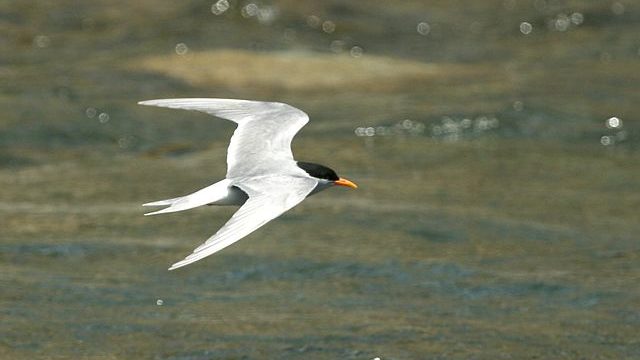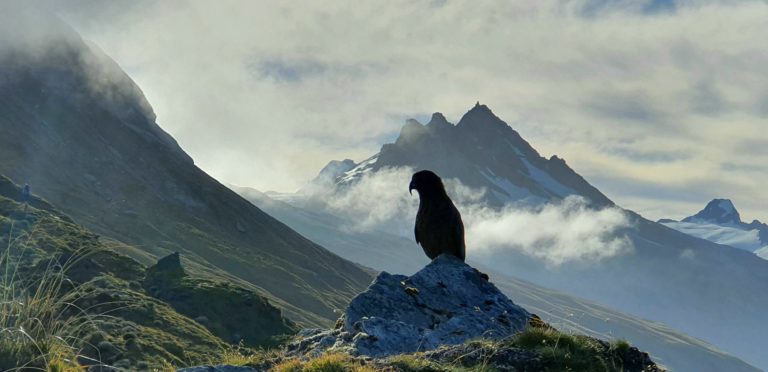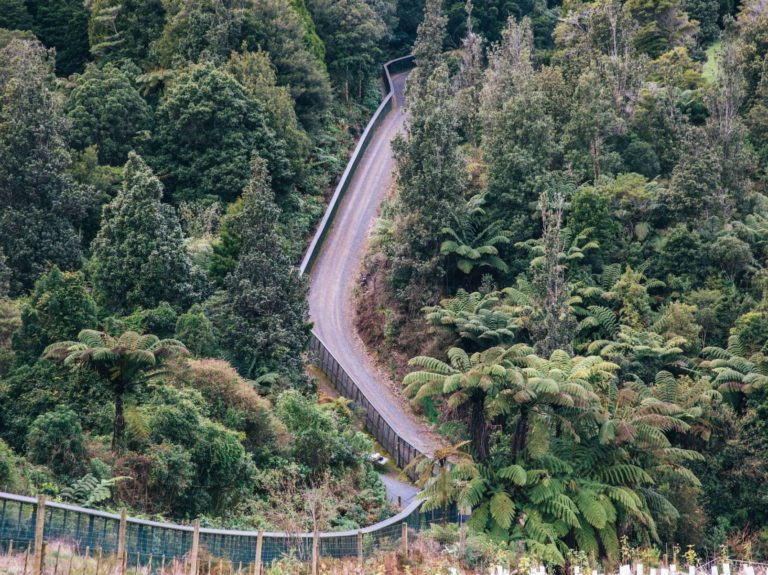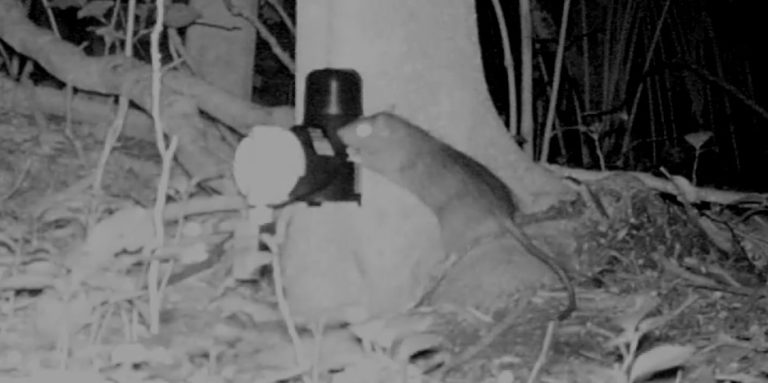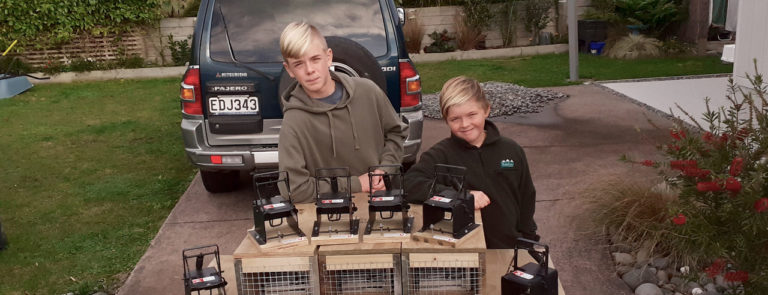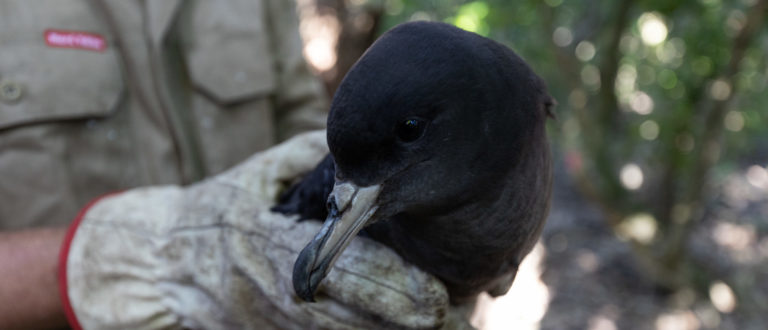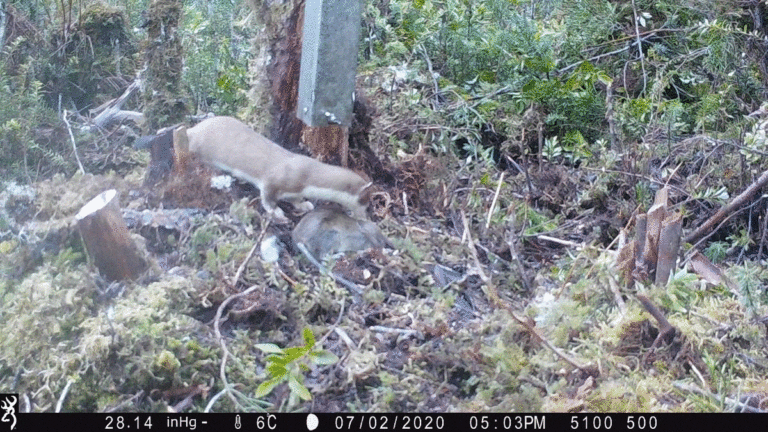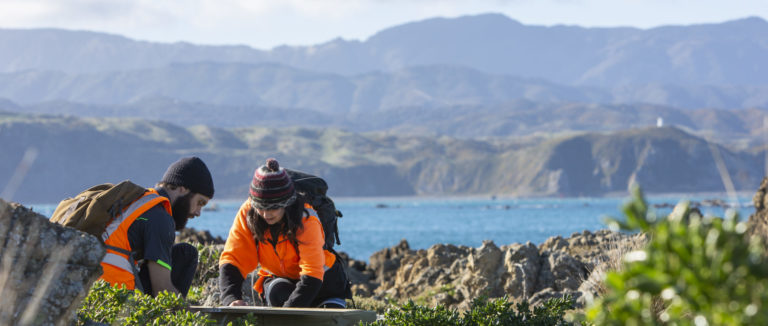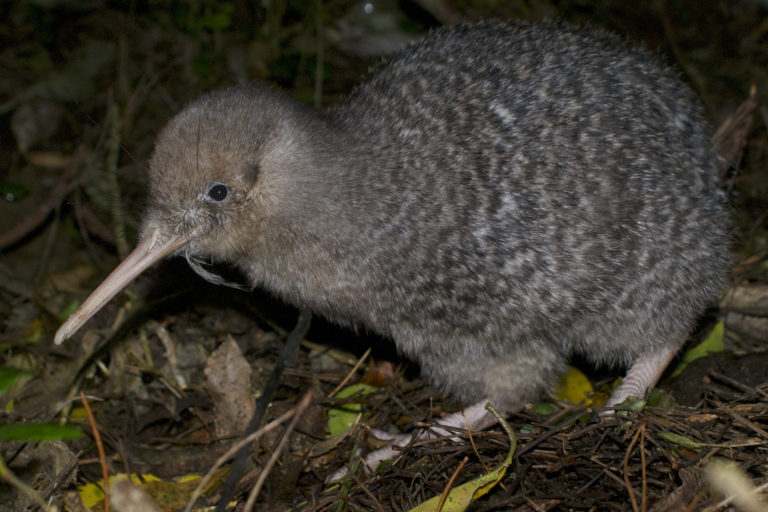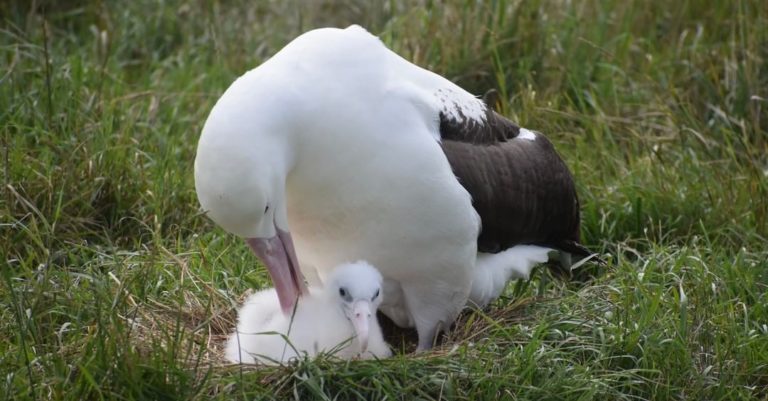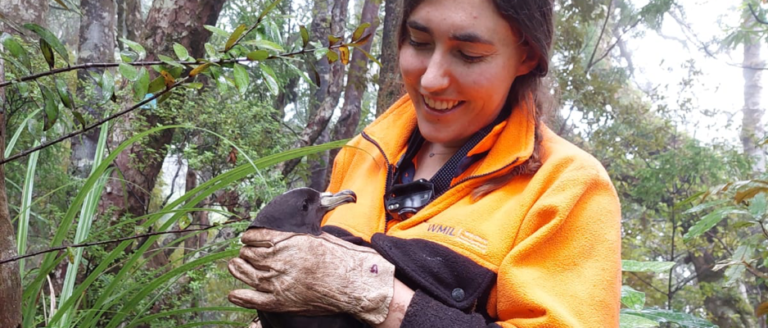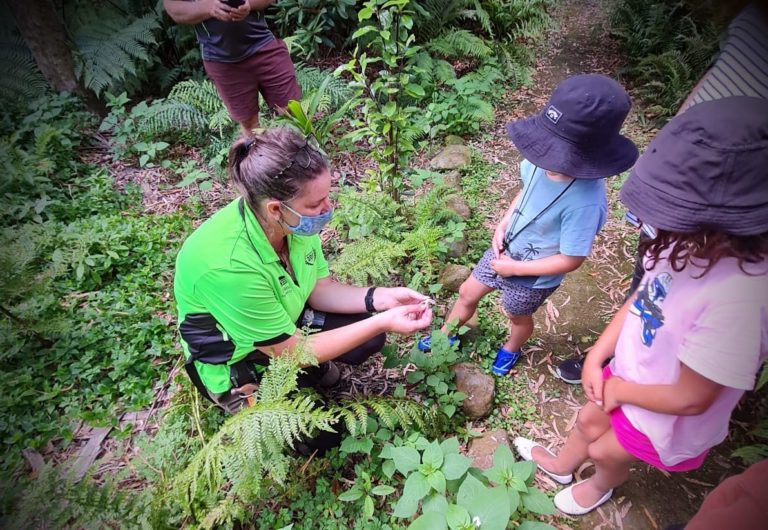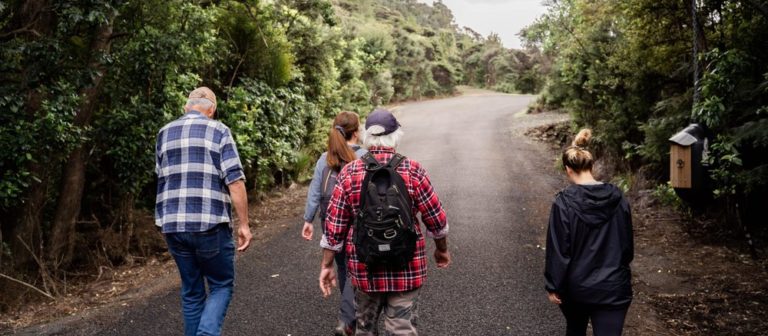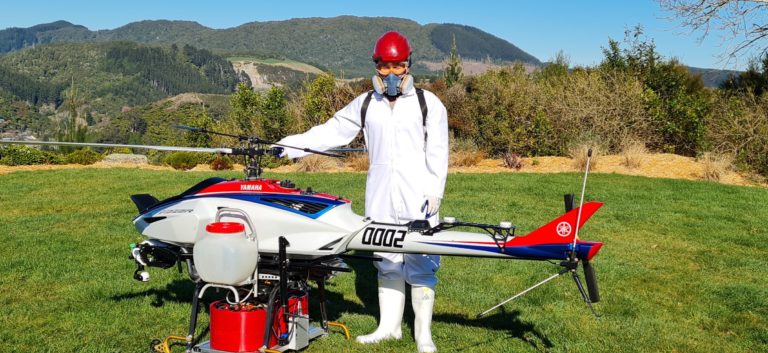Hope floats: protecting our endangered terns and gulls
Have you ever needed to take a pack rafting course to be able to carry out your day job? Apprentice ecologist Keegan Miskimmin has. Why?…
Time poor? Seven easy ways to join the predator free movement
Want to do your part to protect our native species but can’t find the time? We’ve got some good news, busy people – joining the…
Flying at half-mast: connecting kea decline to mast years
New research published in the New Zealand Journal of Zoology shows that mast years are bad news for kea. Native beech trees produce millions of…
When it comes to predator free, do mice matter?
In many wildlife sanctuaries around New Zealand fences make it almost impossible for most introduced predators to get in. But mice can still sneak through…
Self-resetting traps useful for rat control, not eradication
Good for rat population control, but not a stand-alone tool – that’s how two scientists have described the success of self-resetting traps on Goat Island.…
Clever and crafty Phil Wilson’s guide to trapping success
What started as a way to get out of the house during lockdown quickly turned into an innovative trapping venture. Now, thanks to one Coromandel…
Monitoring our flesh-footed shearwaters: an apprentice ecologist’s account
On Ohinau Island, the transition from day to night tells the toanui (flesh-footed shearwaters) foraging on the water that it’s time to come home. To…
Zeroing in – toxic rodents lure last stoats
Imagine lush landscapes alive with Aotearoa New Zealand’s quirky and unique plants and wildlife. This is the Predator Free 2050 vision but to get there…
Sinking ship rats on the Miramar Peninsula
Predator Free Wellington (PFW) is on a mission – they want to be the first predator free capital city in the world. And so far…
Kiwi translocations – are we doing it right?
Kiwi are the most translocated bird species in Aotearoa New Zealand and the number of new projects and released birds are steadily increasing, according to…
Royal succession: the changing role of human help for the survival of toroa
Rearing royalty takes a team at Pukekura/Taiaroa Head. Since the 1930s, the toroa (northern royal albatross) colony on the Otago Peninsula have had human helpers…
Monitoring the threatened black petrels of Aotea
In the middle of the night, huddled with her team on an island in the Hauraki Gulf, Predator Free Apprentice Marcia Welch sits and waits.…
Towards Predator-Free Taranaki’s three-pronged approach to tackling its predators
They say good things come in threes and Towards Predator-Free Taranaki takes this statement to heart. With three massive predator control projects currently underway, the…
Funding injection boosts efforts of 13 predator free community groups across NZ
Today we’ve awarded $50,000 in funding to 13 Predator Free community groups, which will be used to kickstart new backyard communities and help existing groups…
X marks the spot: toxin drone drops to tackle tricky terrain
Boots on the ground and 1080 applied over large areas can control about 95 percent of possums, rats and stoats. But what about that last 5 percent?…

